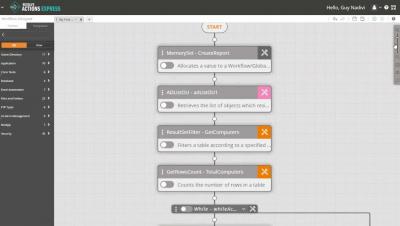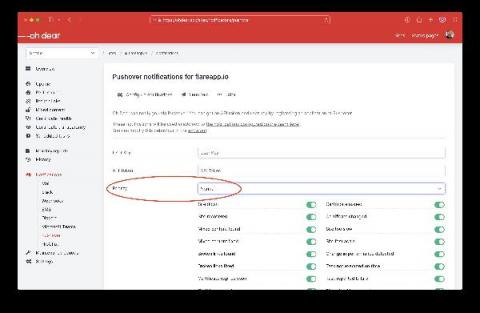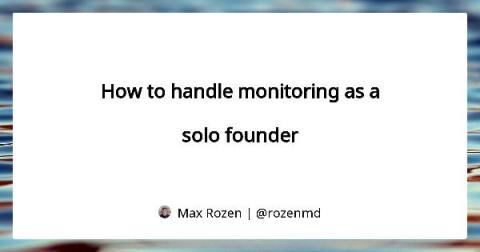Operations | Monitoring | ITSM | DevOps | Cloud
Alerting
How to Integrate Any Monitoring Tool to Your Freshservice Instance
Chapter Ten: In Which Sarah Resigns from Animapanions and Heads Off to Start Up a Competitor
This is the tenth chapter in The Observability Odyssey, a book exploring the role that intelligent observability plays in the day-to-day life of smart teams. In this chapter, our DevOps Engineer, Sarah, throws in the towel at C&Js and moves on to build her own business.
Chapter Eleven: In Which James Speaks with the Industry Analysts
This is the eleventh chapter in The Observability Odyssey, a book exploring the role that intelligent observability plays in the day-to-day life of smart teams. In this chapter, our IT Ops Leader, James, speaks with the analysts about what’s happening in the AIOps space.
We now support Pushover's priority messages
When we detect something wrong with your site (it is down, a broken link is detected, the certificate is invalid, ...), we can notify you via one of the many notification channels we support. One of those channels is Pushover, an excellent service to send native notifications to mobile devices. We have supported Pushover since we launched a couple of years ago. Now, we've added a nice option that several of our users we're asking for: setting the priority.
Is Data the biggest barrier for AIOps adoption?
Improving your team's on-call experience
Your engineers probably dislike going on-call for your services. Some might even dread it. It doesn't have to be this way. With a few changes to how your team runs on-call, and deals with recurring alerts, you might find your team starting to enjoy it (as unimaginable as that sounds). I wrote this article as a follow-up to Getting over on-call anxiety.
Have You Herd? Episode 3 | Observability from Bare Metal to Cloud
Handling high volume of alerts
Coffee Break Webinar Series: "Intelligent Observability - Blamefree Retrospectives"
A selection of questions and answers from our recent webinar on leveraging AIOps to run sustainable, blameless retrospectives.











